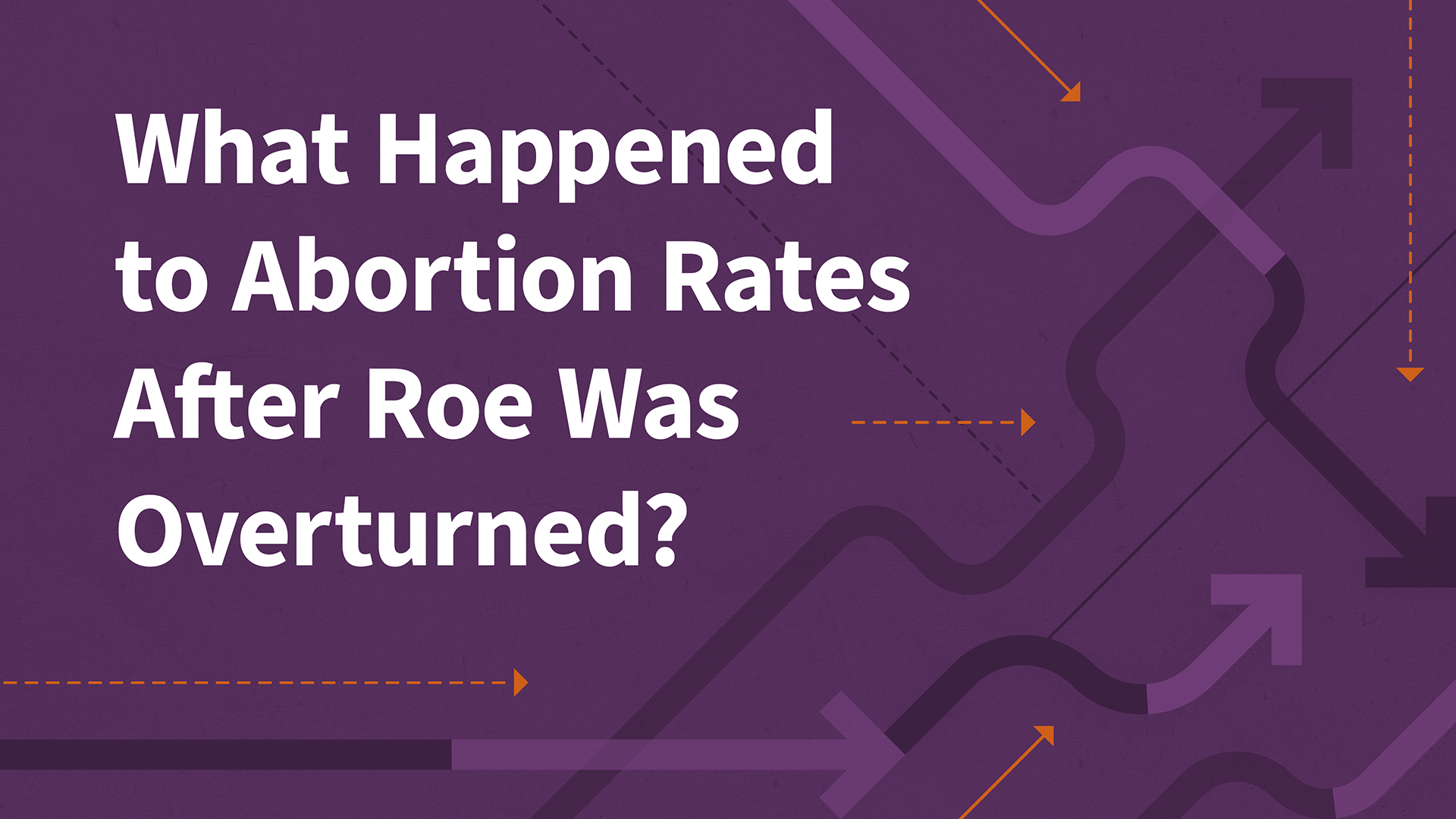All of these should work. The KKF article is very detailed and well sourced.
Abortion increase
In the year following the Supreme Court Dobbs decision, the abortion landscape in the United States became more fractured than ever.
Abortions increased nationwide, according to a new report from #WeCount, a research project led by the Society of Family Planning — the average monthly change in the 12 months post-Dobbs compared to the two months pre-Dobbs adds up to about 2,200 more abortions over the course of a year.
https://www.cnn.com/2023/10/24/heal...uality-one-year-post-dobbs-wecount/index.html
The most recent data show that there were more than one million abortions in 2023, slightly up from 930,160 abortions in 2020. For most of the decade prior to the Dobbs ruling, there was a steady decline in abortion rates nationally, with a slight uptick in the years just before the ruling.
This brief reviews the different sources of abortion data in the United States, the factors that have affected abortion rates across the U.S, before and after Roe v. Wade, and what we may see as the Trump administration, Republican majorities in the House and Senate, and a conservative federal...

www.kff.org
Maternal and Infant death increase
Our paper shows a 6% increase in infant mortality among states with bans, corresponding to an additional 478 infant deaths above what we would have expected in the absence of these bans.
We found similar patterns to what we found in our initial Texas paper, but in this paper, we also examined specific states that were impacted. We found that the largest increase in infant mortality—9%—occurred in Texas and Kentucky. In general, we found that these increases were concentrated in Southern states. We also looked at infant mortality among racial/ethnic groups, and found that there was an 11% increase in the infant mortality rate among non-Hispanic Black infants. This increase in Black infant mortality was consistent across states with bans.Our infant mortality results suggest that abortion restrictions may be stopping or even reversing improvements in infant mortality that have been made in recent decades.https://publichealth.jhu.edu/2025/the-unequal-impacts-of-abortion-bans
Increase in infants born with birth defects, handicaps, genetic malformations
States with more restrictive abortion laws following the U.S. Supreme Court's 2022 Dobbs v. Jackson Women's Health Organization decision have a higher incidence of babies born with cyanotic congenital heart disease (CCHD), according to a new study being presented

www.acc.org



